Marine Upholstery Protection: How Climate Affects Boat Interiors and How to Safeguard Them
Marine upholstery is designed to be tough, but no matter how high-quality your seats, cushions, or covers are, they are not immune to the effects of climate. That’s why marine upholstery protection is essential for preserving the comfort, appearance, and value of your boat. From blazing sun to salty air, excessive humidity, or freezing temperatures — the environment can be your boat’s worst enemy. Understanding how different climate conditions affect your marine upholstery is key to protecting your investment and ensuring your boat stays beautiful and comfortable for years.
The Impact of Sun and UV Exposure
n sunny climates, especially in southern coastal regions or tropical areas, prolonged exposure to UV rays is one of the leading causes of upholstery damage. Sunlight gradually breaks down the protective top layer of marine vinyl, leading to fading, drying, cracking, and even hardening of the surface. Once the vinyl starts to lose its flexibility, it becomes more susceptible to tearing under pressure.
UV radiation also weakens stitching and thread, especially if non-UV-stabilized materials were used during the upholstery process. This can lead to seams separating prematurely, exposing the underlying foam and baseboard to the elements. Even brightly colored fabrics can become washed out or yellowed over time, giving the boat a worn-out appearance.
To prevent UV damage, using proper marine upholstery protection methods is essential. This includes covering seats with fitted covers or full boat covers when not in use, applying UV-blocking protectants regularly, and storing the boat in shaded or indoor areas when possible.
Humidity, Moisture, and Mold
High-humidity environments — common in coastal regions and during rainy seasons — present another set of challenges for marine upholstery. Moisture can seep through seams or damaged vinyl, leading to mildew and mold buildup in the foam and backing materials. Not only does this result in unpleasant odors, but it also poses a health risk and reduces the structural integrity of the seating.
Foam that absorbs moisture becomes heavy and deformed, and vinyl that stays damp for too long can become sticky, discolored, or slimy to the touch. Mold stains are notoriously difficult to remove from marine-grade materials, and in many cases, professional deep cleaning or reupholstery is the only solution.
Preventing moisture buildup starts with proper ventilation. Open hatches when the boat is docked, allow cushions to air out, and use mildew-resistant sprays. Also, ensure that seat covers are breathable — waterproof but not airtight — to prevent condensation buildup underneath. Regular cleaning and drying are key to keeping mold at bay.
Cold Weather and Freeze Damage
If your boat is stored outdoors in a cold or seasonal climate, your upholstery faces different risks. Freezing temperatures can make vinyl stiff and brittle, increasing the likelihood of cracking when weight is applied. Cold also affects adhesives and seams, causing them to weaken or split.
Storing a boat uncovered in snow or ice adds even more stress. Water that seeps into cracks can freeze, expand, and cause deeper damage — both to the surface and the foam core. In severe cases, this can lead to warping or structural breakdown of the seat base itself.
For cold-climate marine upholstery protection, always winterize your boat properly. Remove and store cushions indoors when possible, and use an insulated, water-resistant boat cover to protect exposed areas. Avoid placing heavy items on vinyl surfaces in freezing temperatures to prevent stress cracks.
Salt and Airborne Contaminants
In saltwater regions, airborne salt crystals settle on your boat’s upholstery every time you’re on the water. This salt absorbs moisture from the air and can lead to sticky residue that damages both vinyl and stitching. Salt buildup also accelerates the degradation of protective coatings and can dry out foam over time.
Rinsing your boat — including all seating and upholstered surfaces — with fresh water after every trip is a simple but vital maintenance habit. Use a marine-grade cleaner to break down salt residue without damaging materials, and apply conditioners that help resist salt penetration.
Best Practices for Marine Upholstery Protection
Regardless of your climate, the key to long-lasting marine upholstery is a consistent care routine and preventive protection. Apply UV-protectant sprays at least once a month during the season. Use breathable, fitted covers for seats and consoles. Remove loose cushions and store them indoors when not in use for long periods. Inspect seams and stitching regularly and address damage early before it spreads.
If you live in a region with extreme seasonal changes, consider custom-made boat covers that offer all-weather protection — especially those designed with vents and reinforced seams. These covers pay for themselves by significantly extending the life of your boat’s interior.
Preserve Comfort and Style Across All Seasons
Marine upholstery is one of the most exposed parts of your boat — and also one of the most important for comfort and aesthetics. With the right marine upholstery protection strategy, you can defend your seats, cushions, and covers from the elements and ensure they last for many boating seasons ahead.
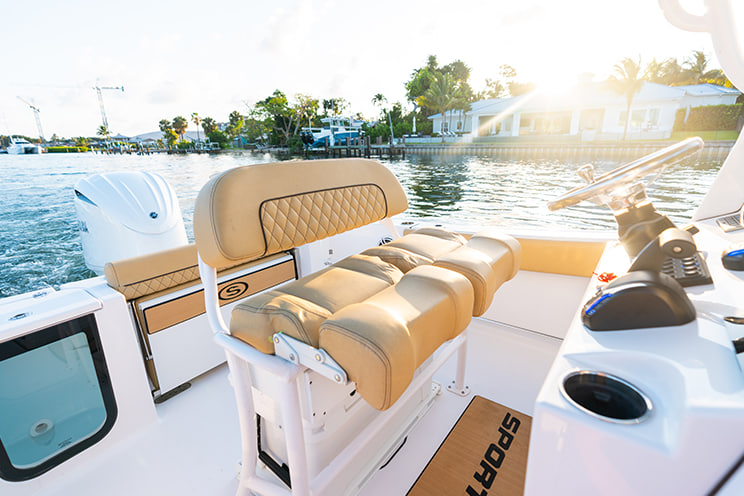
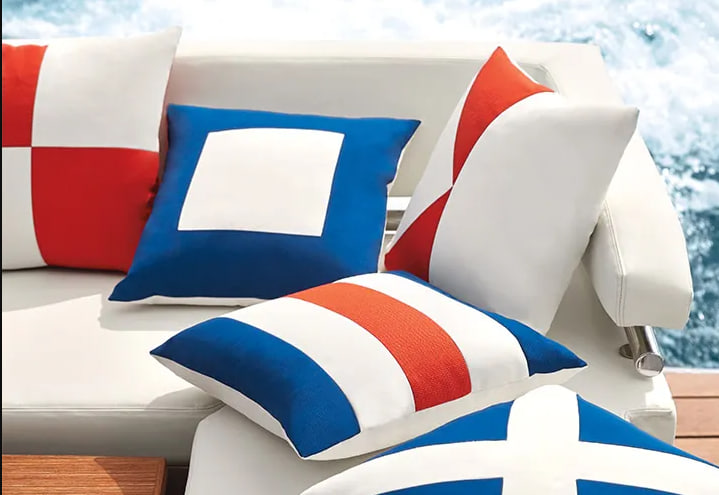
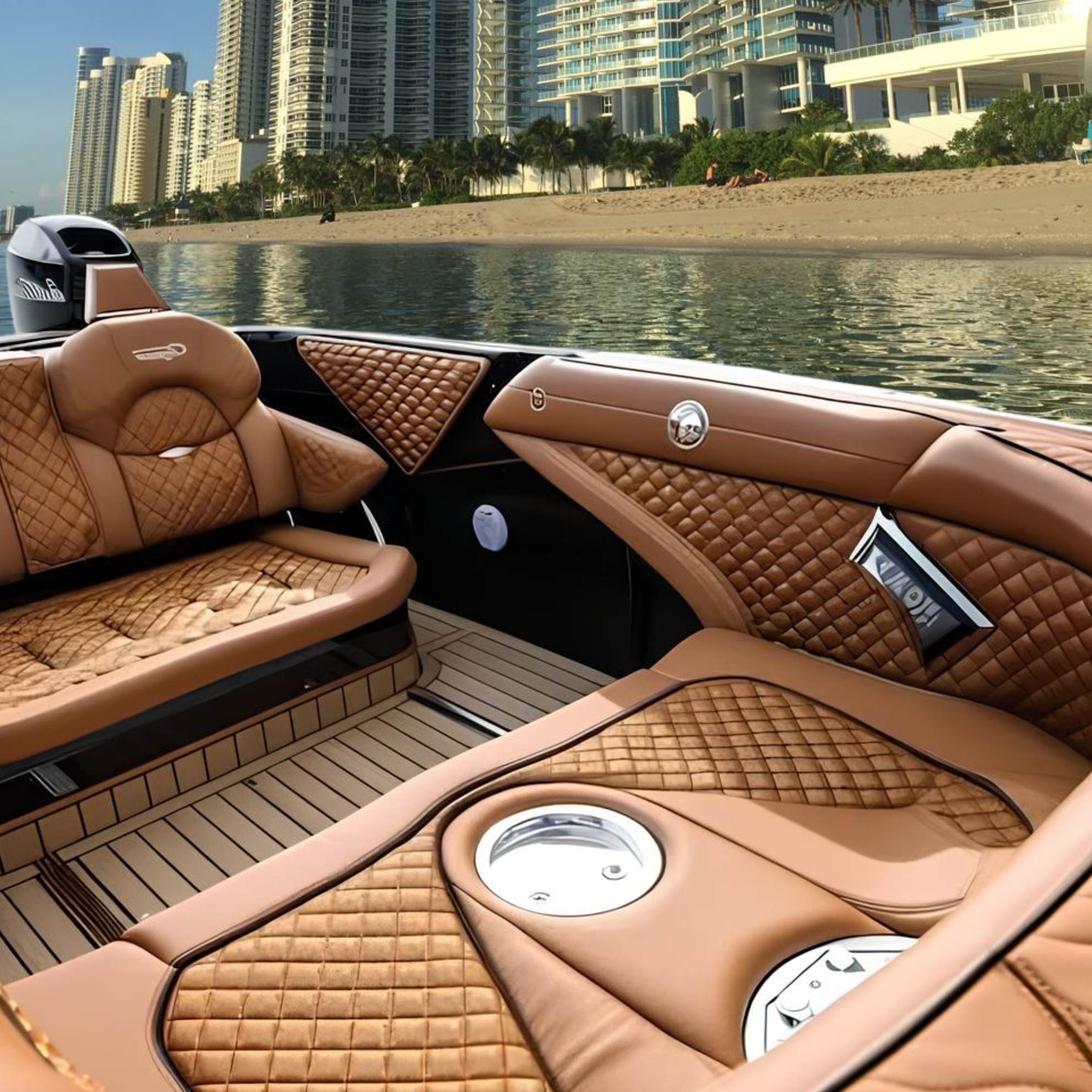
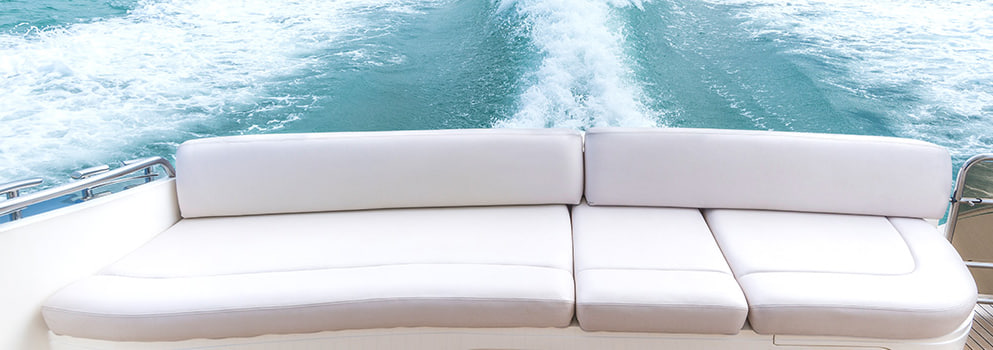
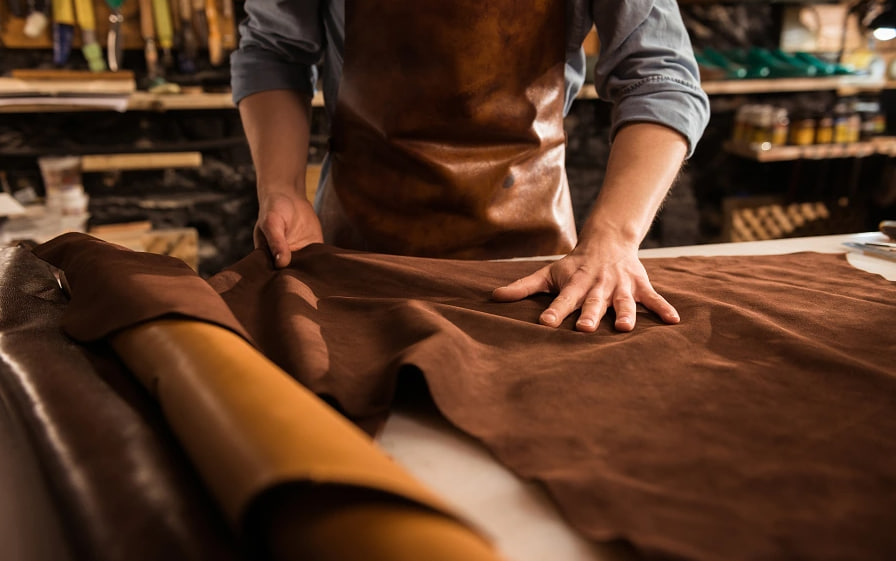
Post Comment